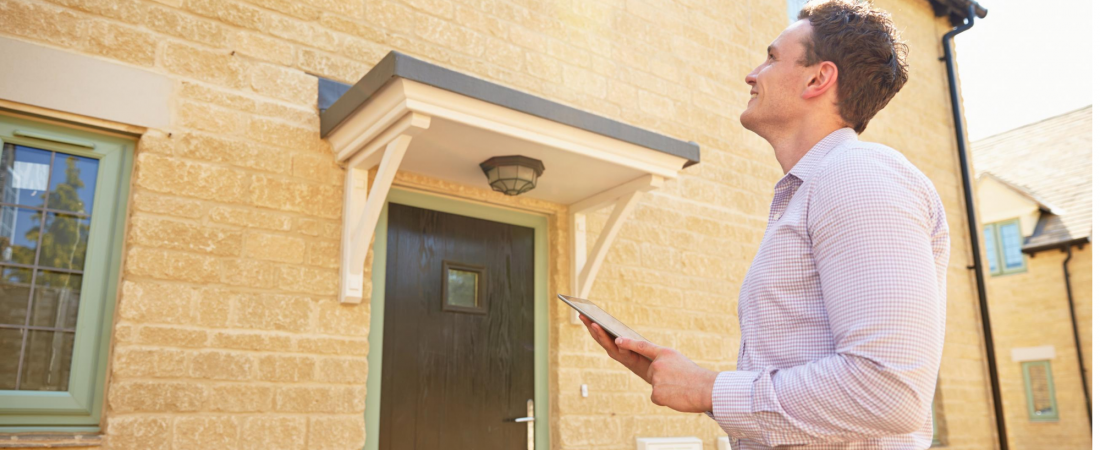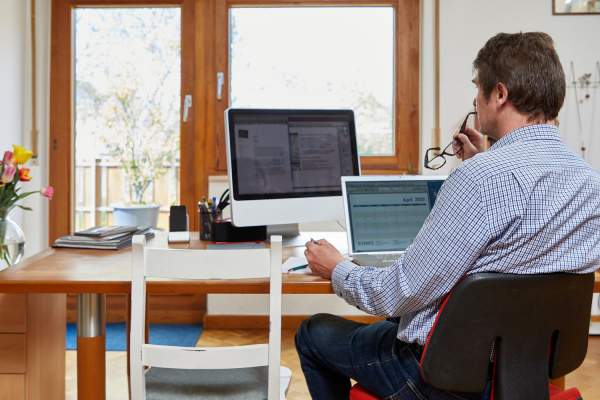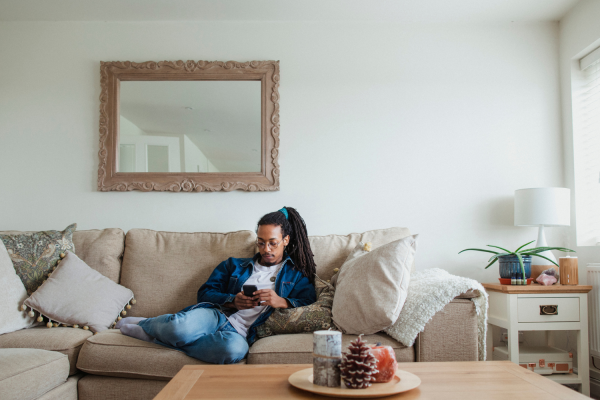Setting the best rental price is key to achieving the best results from your investment property. You must tread carefully between achieving the highest rent possible and making sure the property lets quickly, with minimal time in between tenancies (i.e. time spent without rental income).
While some like to advertise early and expensive, and then slowly bring the price down, we advise against that. Most tenants will only see your property once: as soon as it goes live when it is at the top of the ‘recently added’ lists on Rightmove and Zoopla, and when it is sent to all tenants via email.
If you are way over the market rate when most tenants see your advert, they will ignore and not see it again, as it will soon be buried beneath newly published adverts. So making sure you have the right price when the most tenants actually see your advert is essential to finding tenants quickly and at the best price.
At OpenRent, we have invested a lot of time in this problem. We use our market-leading data as the UK’s largest agent to give you real insights into exactly how much rent to charge for maximum returns on your property.
The Most Important Number
As a landlord, you don’t want to sell yourself short, but you also need to avoid a costly void period for your property. This balancing act makes getting the price right the hardest part of putting a property on the market. How can you get it right?
Here’s our two-step approach to finding the market rent in your area:
- Find the upper and lower limit of prices for properties with the same number of bedrooms as yours
- Using our list of price-factors, work out whether your property belongs at the top or bottom of that price range
STEP ONE: Find Your Price Range
The first thing you need to do is find the price range for properties like yours. To do this, simply look at properties on the market in your area that have the same number of bedrooms.
Now look at the cheapest and the most expensive properties. You should disregard any unusual outliers – e.g. listed buildings or notorious estates.
You’ll probably find a price range of around £400pcm (roughly £50 per week) with the majority of properties being in the middle third of the range.
The easiest way to do this is to use our online Rent Calculator. We use millions of data points and all the data we collect as the largest UK letting agent (over 100,000 properties per year) to find out the best price range for your property.
Just enter your postcode and number of bedrooms to instantly see the rental value range of your property.
STEP TWO: Find Your Place in the Range
Now that you know the range of property prices in your area, you need to find where your property sits within it. There are several factors you need to assess to make sure you place your property at the right end of the price range.
1. Location: Region, Town and Positioning
The town, village or county your property is in may determine its price range, but the specific location within the town is crucial in finding the precise rental value. Being close to major transport links, good schools or university campuses can be a huge bonus for your rental price.
2. Square Footage
Obviously, the more floor space your property has, the more you can charge for it. But remember to contextualise size within your area. What counts as a lot of square feet in central London may count as very small in Northumberland.
Floor space can sometimes be as important as number of bedrooms, especially in cramped city centres. A huge two-bed in an area without many large apartments could fetch more than a smaller three-bed.
3. Special Features
Not all properties are created equal. Some have large gardens, lovely balconies or in-vogue features. If yours does, then you can place yourself higher within the price range for your area. Other special features include fireplaces, parking spaces, loft-space, underfloor heating, and more.
Remember though – if you decide to charge a little more due to these features, you need to make sure you include them in the description of your property! Otherwise, you will just seem overpriced and get fewer enquiries.
4. Furnishings
Furnished properties are usually more expensive than part- or unfurnished properties.Remember this when comparing prices. If you know that your furnishings are particularly desirable or expensive, you might consider charging more accordingly.
5. Beware Round Numbers!
Finally, think about how portal websites (e.g. Rightmove) work. Most tenants will search within a price range they can roughly afford. If you fall just above a popular price bracket, you should consider lowering your price so that you fall within it.
An example of setting the best rent:
You learn from searching the market that £1800-£2000pcm is a popular price range. If you value your property at £2020pcm, then you might consider dropping this down to £2000pcm, so that many more tenants will see your property when searching this popular price range.
In a year-long tenancy, you will lose £240, but if dropping the price helps you find a tenant even one week faster, you will have made this money up already by preventing a void period where no tenant is in the property paying rent.
Remember: tenants love to bump the price range up to a round number. Make sure you’re on the south side of round numbers where possible!
Summary:
- Use our tool to find your price band
- Work out where you should sit within that price band. Assess:
- Location
- Square footage
- Special features
- Furnishings
- Try and price the rent below ‘important’ round numbers to maximise exposure



